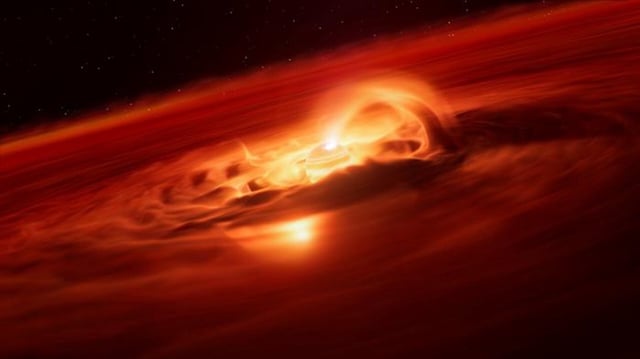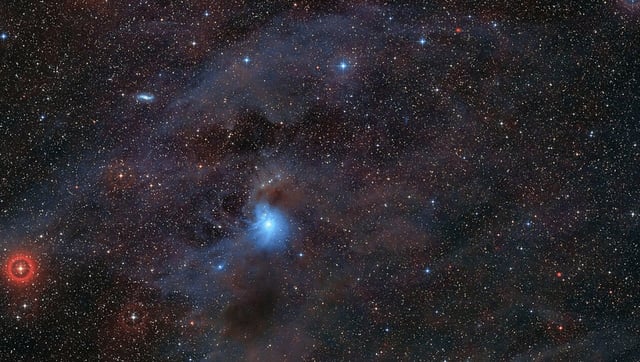Overview
- Cha 1107-7626, a free-floating object about 5–10 times Jupiter’s mass and roughly 620 light-years away in Chamaeleon, was observed undergoing a short-lived growth surge.
- The accretion rate climbed about eightfold by August 2025 to roughly six billion tons per second, the strongest episode ever recorded for a planetary-mass object.
- Researchers used ESO’s Very Large Telescope X-shooter instrument with supporting James Webb Space Telescope observations and archival SINFONI data, and published the results in The Astrophysical Journal Letters.
- Spectral comparisons before and during the burst indicate that magnetic activity likely funneled material onto the object, a mechanism previously documented for young stars but not for planets.
- The disk’s chemistry shifted during the event, with water vapor detected during the burst but absent beforehand, offering a new probe of conditions in forming planetary-mass systems.

